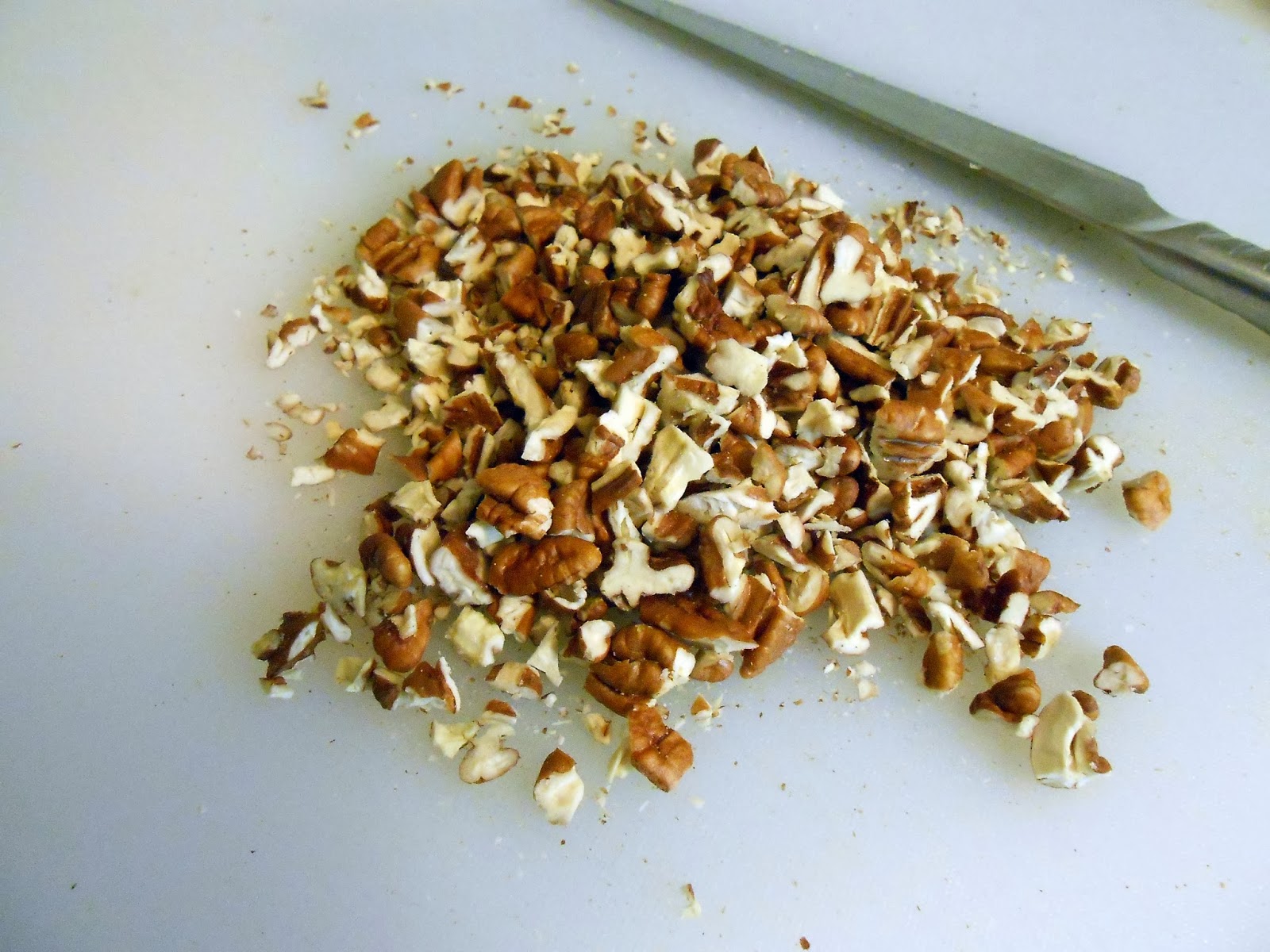(photo taken from the Dutton Lab)
On the rinds of cheeses across the globe, Dr. Dutton has found a delectable diversity of fungi and bacteria happily cohabiting. Importantly for science, all the microbes on cheese will also grow individually in the lab (because a wheel of cheese is really just a giant fancy agar plate). This means Dr. Dutton's lab can take apart the microbial community on cheese, and then try to build it back up again to learn how microbial communities are structured in nature. The other advantage of being able to manipulate cheese microbes in the lab is that it makes it much easier to study what exactly these microbes are doing on the cheese at multiple scales from tracking the path of single molecules to the behavior of species. I find this really exciting because cheese might be the answer to unlocking the mysteries of microbial community ecology that have previously been difficult to study in far more complex systems like soil or the gut.
Since I was so stoked about seeing Dr. Dutton's seminar, Alex got me some super stinky moldy cheese for my birthday last week. Unlike Dr. Dutton's cheese's, this is a fresher cheese that has been injected with Penicillium spp. (as in, Penicillin). This cheese is VERY moldy, and while I do study mold, I wasn't entirely prepared for the quantity of Penicillium in my birthday cheese.
I realized I wasn't just going to eat this cheese on it's own. I needed to make something with it. I needed to dilute its funkiness with other flavors. Though, a part of me cringes typing that last sentence. Shouldn't I embrace the gloriously complex flavors of this robust delicacy? Shouldn't I appreciate filamentous fungi alone for their culinary contribution? Perhaps I should, though it's going to be a long time before I become a bonafide mold snob.
Anyway, I was feeling inspired by the brussels sprouts I had just gotten at the farmers market and the pecans I received in the mail, fresh from my uncle's tree in Arkansas! Pasta with brussels sprouts, pecans, and blue cheese cream sauce seemed like the best way to eat some very blue blue cheese without eating it straight.
I make pasta the Italian way - pasta first, then water:
I also throw in a few frozen cubes of my homemade chicken demi-glace:
While the pasta cooked, I got my mise en place together: onions, brussels sprouts, carrots, garlic, blue cheese, and my uncle's pecans.
Saute the onions, garlic, and carrots in butter.
add the brussels sprouts.
Sprinkle in some flour and let it cook for just a minute or two (this is the Singer Method of making a roux)
Add a decent amount of milk.
I always end up adding more milk as it cooks and thickens. The goal is pasta-sauce-consistency. Also, anytime you cook with milk (or cream), always add nutmeg. Nutmeg is the secret ingredient to all things dairy.
Just before you turn off the heat, add some blue cheese and stir it in till it melts.
Add the cooked pasta and mix it until everything is saucy and delicious.
This turned out to be simple and pretty darn good, though for anyone inspired to recreate this: add bacon, or possibly sausage. Bacon would have made this perfect. Just imagine powerful musky blue cheese and sweet, salty bacon waltzing across your tastebuds.

















No comments:
Post a Comment